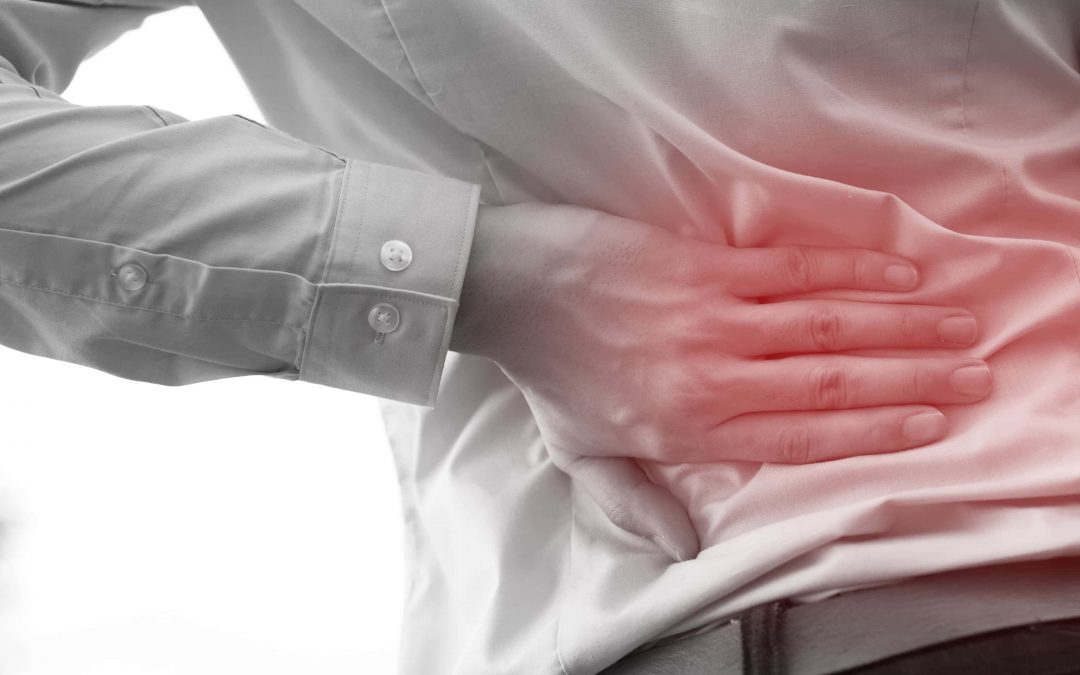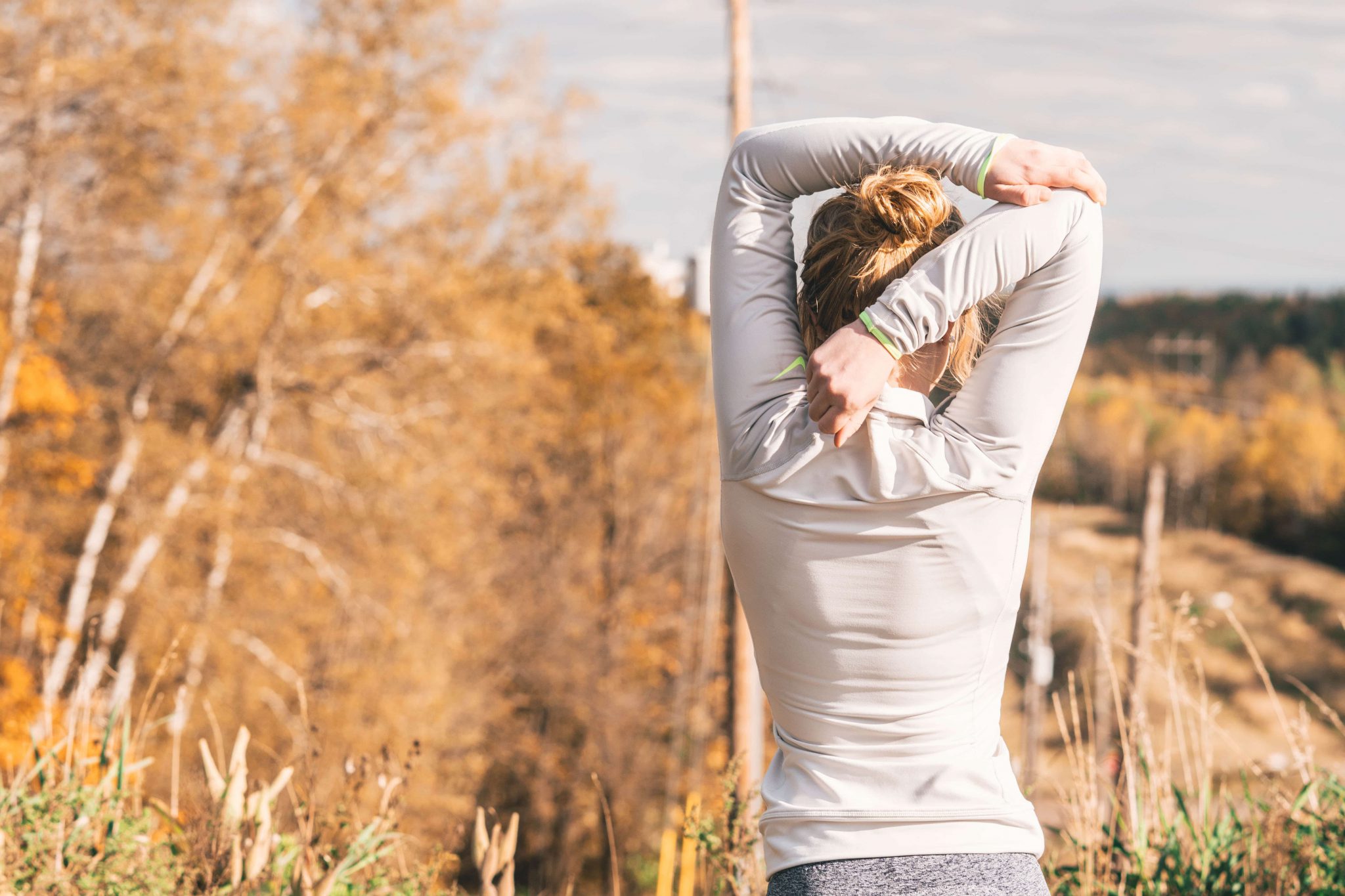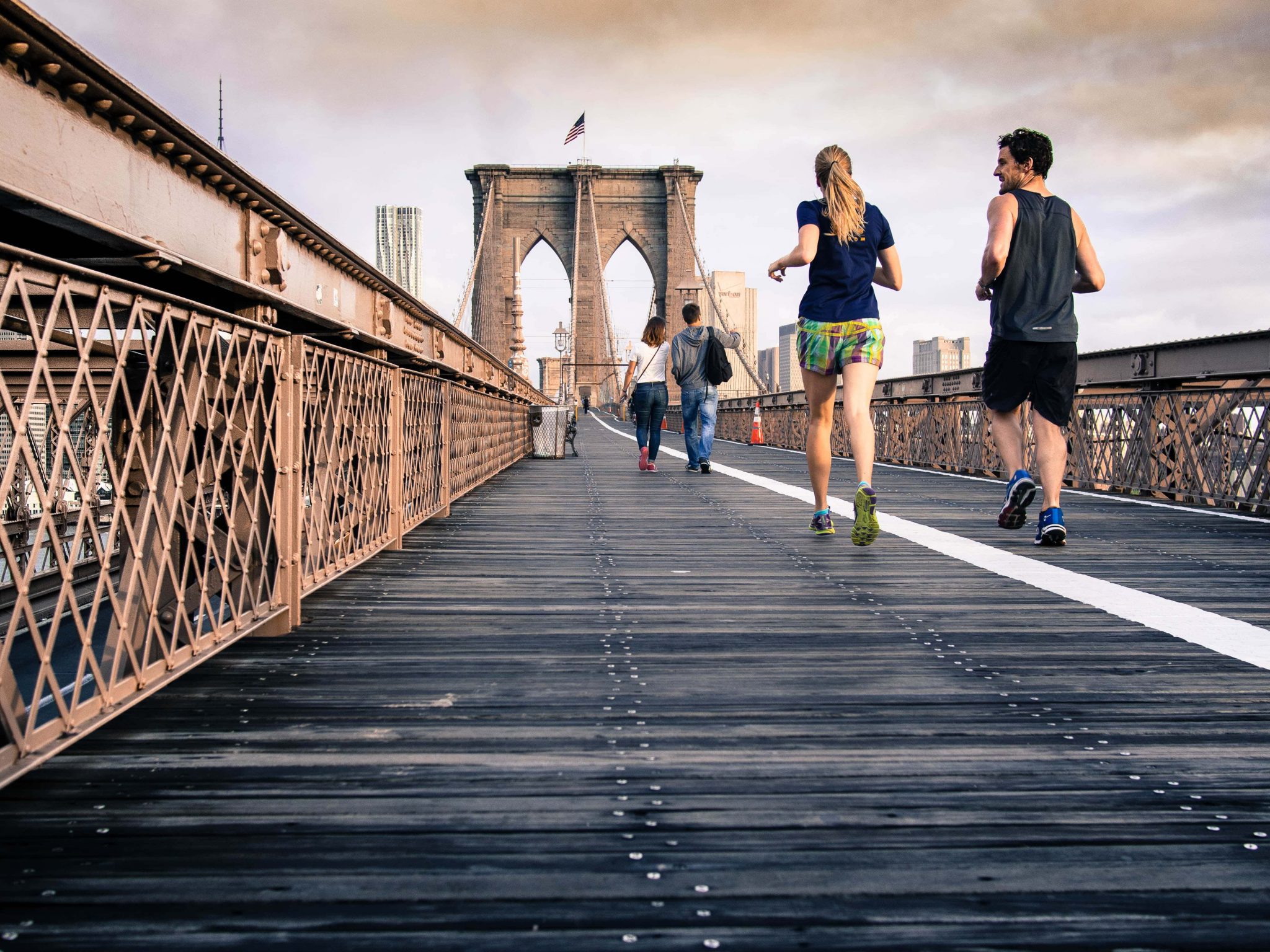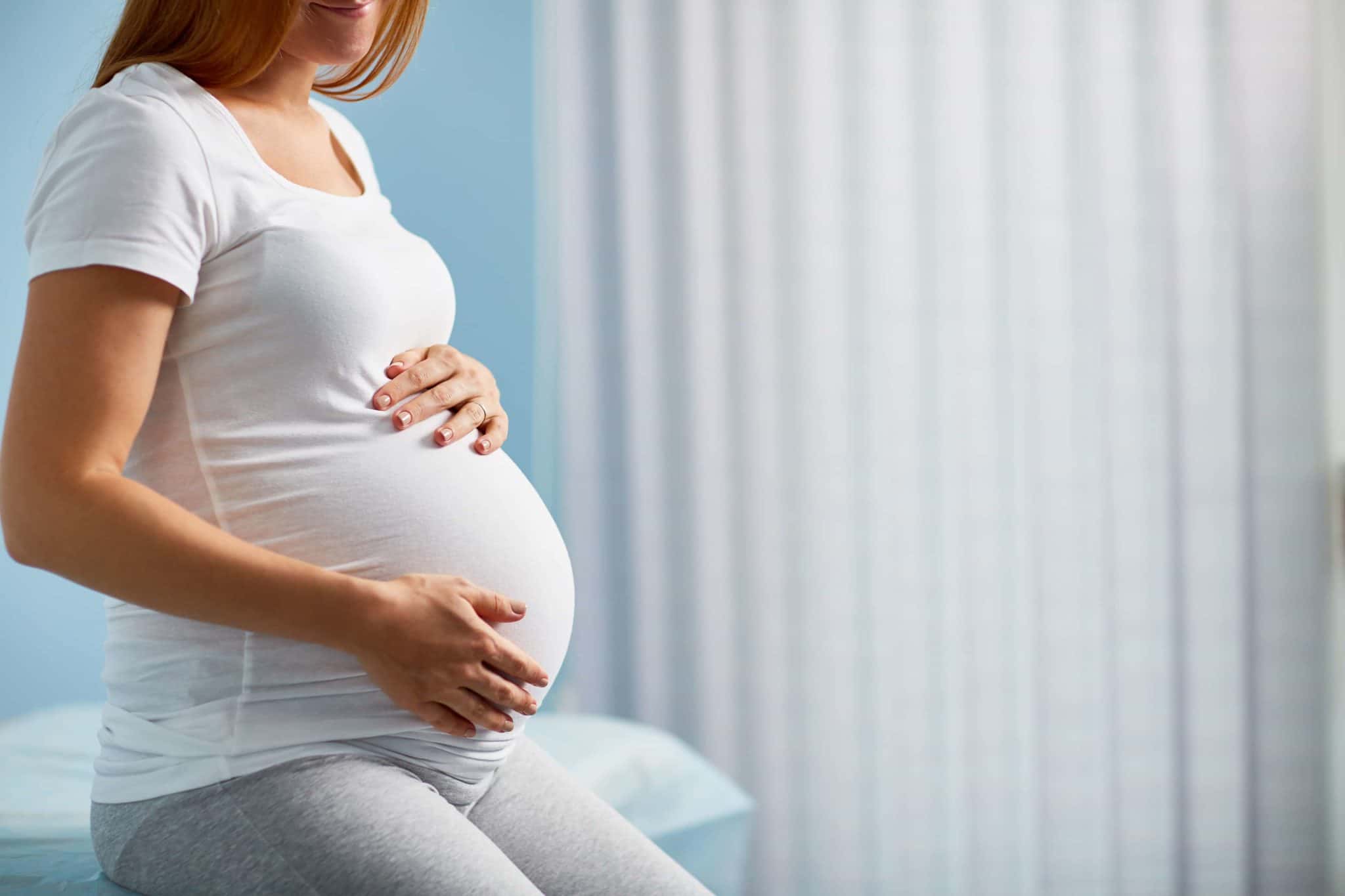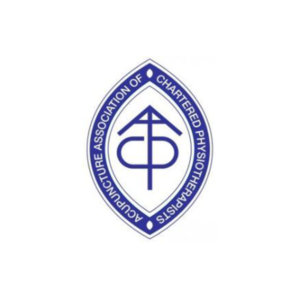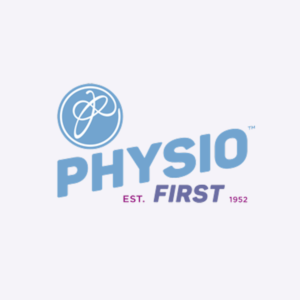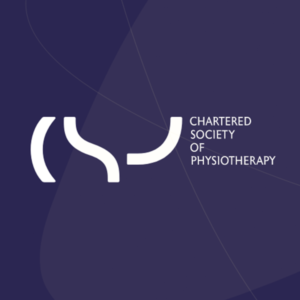Bending your back particularly when lifting has become the scapegoat for many back problems and injuries. The notion that the back should remain straight when lifting is very common and is advised, educated and encouraged in the healthcare world and amongst manual handling advisors (Nolan et al. 2018; Nolan et al. 2019). This is despite evidence bending your back when lifting is unlikely to cause low back pain or lead to its persistence (Saraceni et al. 2019) and no causative link has been found between occupational bending or twisting and low back pain (Wai et al. 2010; Villumsen et al. 2015). So if bending your back when lifting is unlikely to cause low back pain and no link has been found to link one with the other, the question we should all be asking ourselves and one I often ask myself, how did this happen? Why do so many people hold this belief that bending is bad for your back?

Signs like this should be consigned to the dustbin as they do nothing to help people and only generate fear, hence why the term “Alarmist Nonsense“ is an appropriate one!
Back in the 1960s, a leading spinal surgeon at the time called Alf Nachemson carried out some research looking at the amount of load discs in the lumbar spine (low back) endure in different postures from lying to sitting to forward bending. Not surprisingly, he found that the lumbar discs have to endure huge amount of forces (even in sitting) which increases as you bend forward. He calculated that when a person is bending forward 20 degrees, the 3rd and 4th lumbar discs have to carry loads of 180kg to 230kg! When holding a 10kg weight in each hand, the load went up to 280-340kg! (Nachemson 1965) What this study showed is that the lumbar spine is an incredibly strong and robust structure! Examples throughout the world from Sherpas carrying heavy loads on their backs climbing mountains to strongmen lifting atlas stones, goes to show that the spine is an incredibly strong structure! Like any other part of the body, if it is trained, it will adapt and strengthen, but will also weaken if it is not used!
Unfortunately, these findings by Nachemson on lumbar discs were misinterpreted (which is something Nachemson agreed with himself later on in his life. See link below (https://painsciencecenter.com/2018/05/27/the-spine-stronger-than-we-think/ ).
This has led to widespread fear around bending the back and what has developed as a result is what I would call ‘fear based back care advice’. We tell people ‘be careful when bending your back’ or even worse ‘don’t bend your back’. These do nothing more than generate fear in people which is more likely to cause low back pain and contribute to its persistence! (Wertli et al. 2014; Pincus et al. 2006; Yoshimoto et al. 2019) We don’t go around telling people not to bend their knees when they go up and down stairs, so why do so many healthcare providers including the NHS (see link below) go around telling people not to bend their backs when they pick something up from the floor?!!
https://www.nhs.uk/live-well/healthy-body/safe-lifting-tips/
But I hear you say,
“That’s all very well you slating the NHS for trying to protect people and prevent them from injuring their back, but surely this means less people are suffering from low back pain as a result?”
Well actually, No. Between 1990 – 2015, the number of people globally suffering with persistent and disabling low back pain increased by a staggering 54% (Hartvigsen et al. 2018). Yes, a growing and ageing population could be a contributing factor but I would argue that ‘fear based back care advice’ is another reason why more and more people are suffering with low back pain. If someone believes that the back is vulnerable and needs protection then they are more likely to have poorer outcomes and develop persistent pain (Darlow et al. 2015) There is no evidence that occupational bending and lifting at work causes low back pain (Kwon et al. 2011; Wai et al. 2010) and manual work over time does not cause changes to your vertebral bodies or discs (Violante et al. 2019) despite many of my patients telling me they have ‘wear and tear in their spine’ and that must be because ‘I spent years working as a nurse or a builder’. This is not proven to be true.
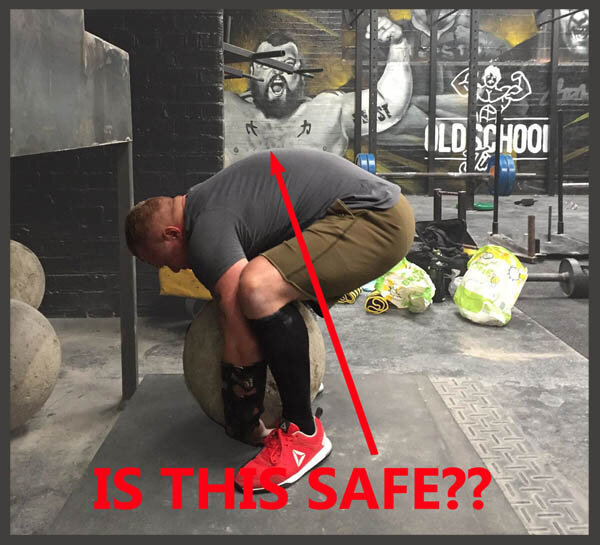
The answer is YES but with a BIG BUT! It is not the position the back is in when lifting which is important; it is the LOAD the person is attempting to lift depending on their current physical capabilities. Take home message? If you want to be able to lift heavy objects, start small and train and YES bend your back!

Sherpas have adapted over time to be expert and efficient climbers carrying loads sometimes 120% more than their total body weight over long distances (Bastien et al. 2016)
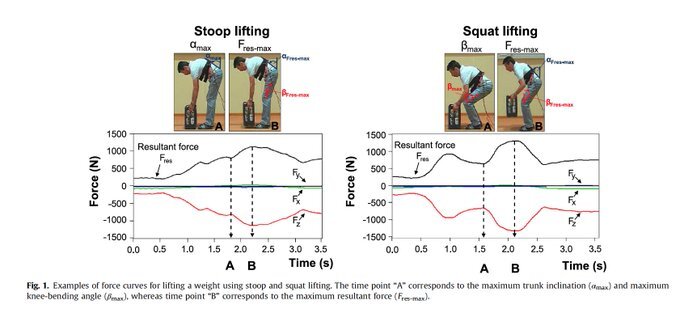
This study showed there is very little difference in spinal loads in the lower back between a squat and stoop lifting technique (Dreischarf et al. 2016)
So where do we go from here? For a start, we (the physios and doctors and anyone else who is trained and gives advice to patients) need to be better at educating the public about the spine. People need to know that the spine is incredibly robust and resilient. People need to know that they are not going to hurt themselves if they bend forward to tie their shoelaces or pick up their kids. We should be trying to make people stronger when lifting, not avoiding it! The old saying comes to mind, “If you don’t use it, you lose it!” This is just as true about the muscles in the back, as any other part of the body. If companies like the NHS, keep telling people ‘Do not bend your back when lifting’, people will become more fearful, weaker, move less, and consequently will be more likely to develop low back problems.
How about we start speaking more positively about the spine and from that basis, encourage people to use their backs normally and yes that means bending your back! Once people start to realise they can, they will and then the road to recovery and leading a fulfilling life begins…
So is bending bad for your back? No. But not bending is.
Thanks for reading.
Tom Robinson
Chartered Physiotherapist
